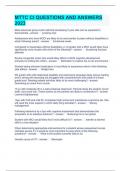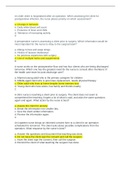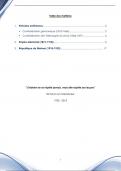Lecture notes
Pharmacochemistry Summary + Exam Materials
- Module
- Institution
- Book
This is a summary I made when studying for the pharmacochemistry exam. In the document, sections that are highlighted in yellow has been asked in previous exams! My exam was quite similar to previous exams so you may want to pay attention to these points/concepts.
[Show more]













